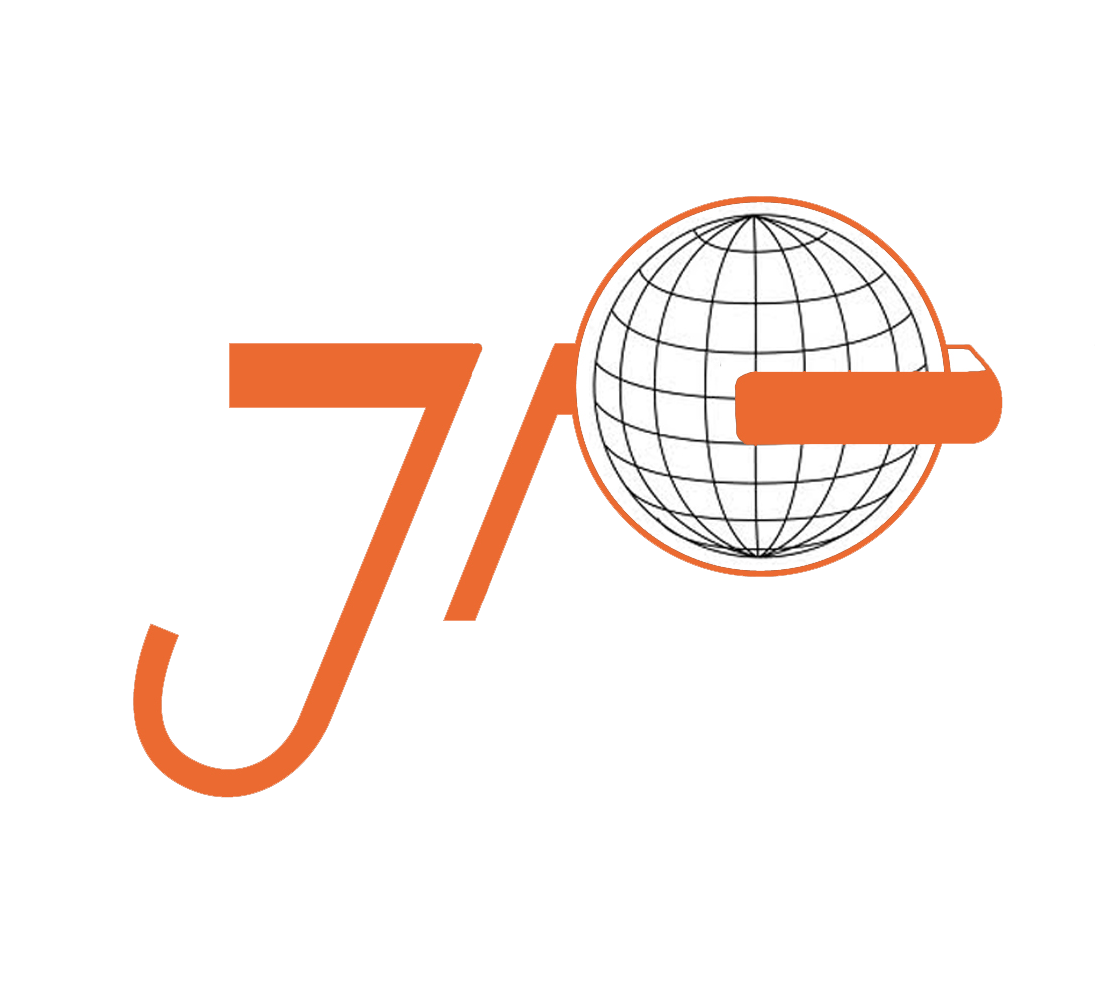Computers Appreciate Art, Too: Italian Technology Preserves Artistic Artifacts
by Brian Alcamo
Italy’s arrival to the world of high tech took a little more time than other countries in the European Union. You could blame the tardiness on a laid-back Mediterranean lifestyle, but Spain’s tech boom would have you begging to differ. More likely, Italy’s startup scene has been slow-growing due to a lack of funding (which prevented the fledgling companies from scaling). It’s not only startups that have grown slowly, though. The culture surrounding digital life is taking a while to flesh out, as well. Even in recent years, the country has been “starting from scratch” in its attempt to build out its digital footprint, with only 10% of businesses selling their services online. Back in 2016, the country was lagging behind the rest of Europe. Thankfully in recent years, startups have been receiving more money, and Italy is ready to carve out a space for itself in Europe’s growing tech industry.
A Decentralized Center for Scientific Research
Serving as an academic backbone for the technological innovation taking place all over the Italian peninsula is the Istituto Italiano di Tecnologia (IIT). Based in Genoa, this scientific research center has 11 partner locations all over Italy, and 2 other partnerships with MIT and Harvard.
A blog post from MIT’s Technology Review boasts that Italy still has a very active manufacturing economy that relies on nimble networks of small and mid-sized companies rather than larger monopolies. In fact, Italy is so ready to ride on its industrial prowess that it launched Industry 4.0 back in 2016. The initiative is in collaboration with Germany and France to promote digital standards of manufacturing.
While Italy might be playing catch up when it comes to promoting digital methods of work and connectivity, it was a center of innovation during a few periods of history (just tiny things, though, like Ancient Rome and the Renaissance). Merging its older troves of artifacts while embracing modern methods that will help the country succeed in the future.
Cultural Heritage Technologies Bridge the Gap Between Old and New
Cultural Heritage Technology has a huge presence in Venice, but is also making a name for itself in Rome. (Livia Hengel)
One particularly novel approach coming out of multidisciplinary efforts are Cultural Heritage Technologies. Cultural Heritage Technologies are the exact kind of technology that you’d expect to be flourishing in Italy. These technologies work to combine modern computing and machinery with the complex pieces of heritage, both tactile and esoteric, that make human culture so captivating to study and experience. Arianna Traviglia is the Coordinator of the IIT Centre for Cultural Heritage Technology. Her work is based at Ca’ Foscari University of Venice, which offers a Masters Degree in Conservation Science and Technology for Cultural Heritage. Think of it as the 2020 equivalent of whatever Armie Hammer’s character was studying in Call Me By Your Name. The same amount of sculptures and statues, just more computers and coding.
The discipline combines aspects of art history, computer science, life sciences, humanities, and even robotics. The technology hopes to be used in restoring and digitizing the sometimes fragile artifacts of past civilizations. Here’s a link to a paper discussing machine learning in cultural heritage work if you’re looking to geek out. Many Italians are hopeful that digital technologies will help preserve and propagate their history. What better place to cultivate the science of cultural preservation than in a country with 50 UNESCO Cultural Heritage sites?
In a 2018 interview with Ca’ Foscari University’s news outlet, program coordinator Elisabetta Zendri describes some of the department’s projects, such as The Tintoretto project, which is a collaborative effort that aims to study “the ceiling teleri in the Chapter House of the Scuola [Scuola Grande San Rocco] and,” and analyzes “the influence of the environment on the stability of these extraordinary works.” She believes that material conservation will be a big part of the future. However, while high tech restorative efforts make the headlines most often, the culture of conservation much “switch from the concept of ‘restoration’ to the ones of ‘prevention’ and ‘maintenance.’”
A Bright Future
Italy may have been late to the high tech game, but it’s well on its way to standing with the rest of the world in terms of technological advancement. Just look at recent headlines for its contact tracing app, or Europe’s weather center’s move from London to Bologna. The country is even building an app that centralizes government documents and bills. In the meantime, we can dream of a future filled with robots that look like Renaissance statues.
Thanks for Reading!
Would you have your favorite painting restored with the help of a robot? Comment below, and be sure to share this post with your friends.
(Thumbnail Photo by Marco Secchi)

